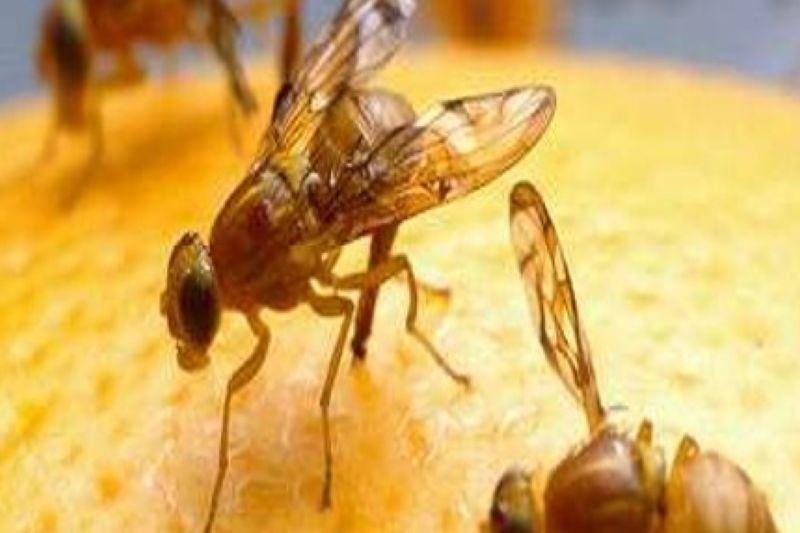An incursion of non-native tephritid fruit fly species such as the Mediterranean fruit fly and Mexican fruit fly is intensifying and requires emergency funding, U.S. agriculture officials said Friday. Photo courtesy U.S. Animal and Plant Health Inspection Service
Jan. 17 (UPI) — The Department of Agriculture said Friday it has tapped $129 million in emergency funding to battle a worsening incursion of exotic, invasive fruit flies from Mexico and Guatemala.
Citing an “unprecedented outbreak” of insect damage to fruit and vegetable crops in California and Texas, Agriculture Secretary Tom Vilsack has approved the emergency cash infusion into the USDA’s Animal and Plant Health Inspection Service, the agency announced.
The emergency funds came from the Commodity Credit Corporation.
APHIS Administrator Michael Watson said the fight against the northward spread of non-native tephritid fruit fly species such as the Mediterranean fruit fly and Mexican fruit fly is intensifying as the incursion reaches new levels.
“Fruit flies attack more than 400 different types of plants, destroying entire crops, disrupting trade, and causing major financial losses,” he said. “Dedicating emergency funds to address these outbreaks means the collaborative effort to protect U.S. agriculture from this unprecedented outbreak can continue.”
The emergency funding will be used to beef up prevention measures such as improved sterile insect facilities and improvements in early detections the infestations.
Early detection of invasive fruit fly populations is critical to ensuring successful, timely, and cost-effective eradication, reducing the size and duration of regulatory quarantines and other emergency response activities, APHIS says.
Detection is accomplished via fruit fly trapping programs and is especially critical in urban, suburban, and environmentally sensitive areas where large-scale application of pesticides can’t be done.
The other main avenue of attack is the sterile insect technique, or SIT, which makes use of sterile flies to prevent the production of viable offspring. The wild female medflies mate with the sterile males and lay infertile eggs, thereby disrupting the breeding cycle and causing the population to be eliminated.
This tool, however, requires mass production of target fruit fly species in large facilities. APHIS currently operates two large production facilities in Guatemala and one in Texas. It also operates several eclosion and release facilities for Medfly and Mexfly in Guatemala, northern Mexico, Florida and Texas.
Part of the emergency funding with be used to repair the sterile insect facilities in California and Texas as well as to replace essential equipment to enhance the effectiveness of the program.
